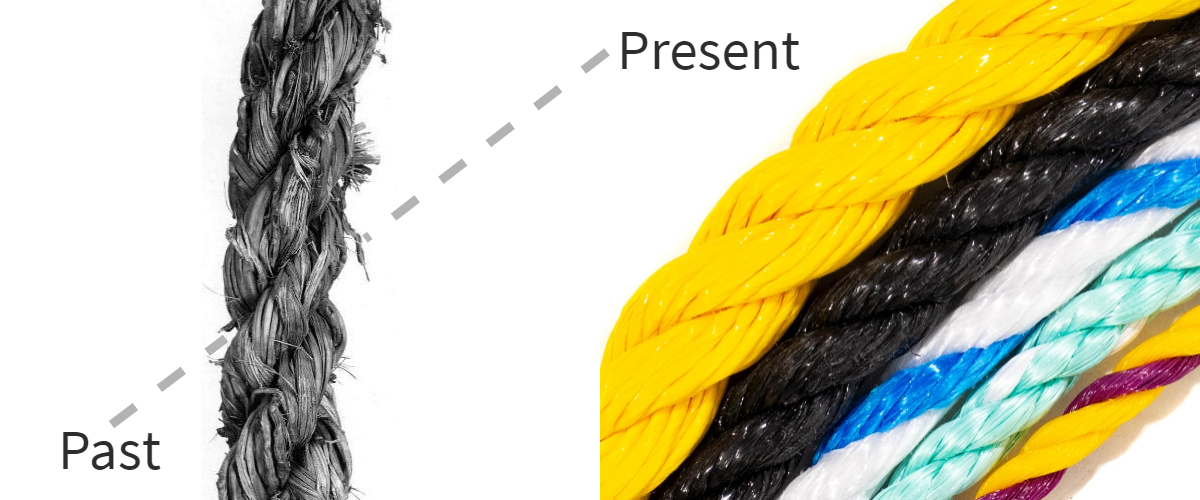The Invention of Rope
Who was it?
The very first people to create and use rope is unknown, but the Egyptians were the first people to use specific rope creating tools to make it and record the creation process.
How was it made?
The first ropes were made by taking strands of natural fibers and twisting. The process is thought to have required three people due to a wall painting found in an Egyptian tomb. The first person would stand and hold out two strands of fibers to keep them from tangling and in a position to feed the second person fibers. The second person would then use a special tool to twist the fibers together to create the rope. The third person would stand behind the second person and hold the rope tight as it is produced to ensure the rope is tightly twisted together.

Encyclopedia1
What was it used for?
Rope was used for a variety of purposes like tying up livestock, securing ships, and building shelter, but most famously as a tool for creating pyramids. Egyptian slaves used rope to pull heavy stones and lift them to build.
How has it evolved?
Originally, ropes were made by hand by the Egyptians using natural fibers such as water reed, date palms, papyrus, and leather. Then, in about 2800 B.C., the Chinese created rope made of hemp fibers which is commonly known as Manila Rope. Over the next several thousand years, rope was continually made with new natural fibers and more often due to its extensive abilities and high demand. In the 1950s, rope began to be made with synthetic materials such as nylon in addition to natural fibers. The use of synthetic materials for rope expanded its capabilities and longevity. For example, Polypropylene Rope floats on water, doesn’t stretch much, and is resistant to rot and UV exposure. These qualities make it a great rope for boating and docking.

Uibk.ac.at3
The tools and machines used to make rope also continued to evolve and become more efficient. The first tools meant for creating rope were simple and required a substantial amount of manual labor where someone is using a handle to twist rope. Although the process of twisting of rope hasn’t changed much from the start, modern machines require very minimal labor and do most of the work themselves. This has made rope very simple to make and has made it easier to test new materials for the future.
If you have any additional information to share about rope’s origin, comment below!
1https://www.encyclopedia.com/science-and-technology/technology/technology-terms-and-concepts/rope
2https://www.fao.org/3/t0681E/t0681e10.htm
3https://www.uibk.ac.at/urgeschichte/projekte_forschung/abt/spindeltypologie/seilherstellung/seilherstellung_aegypten.html.en
4https://link.springer.com/referenceworkentry/10.1007%2F978-1-4020-4425-0_8686

